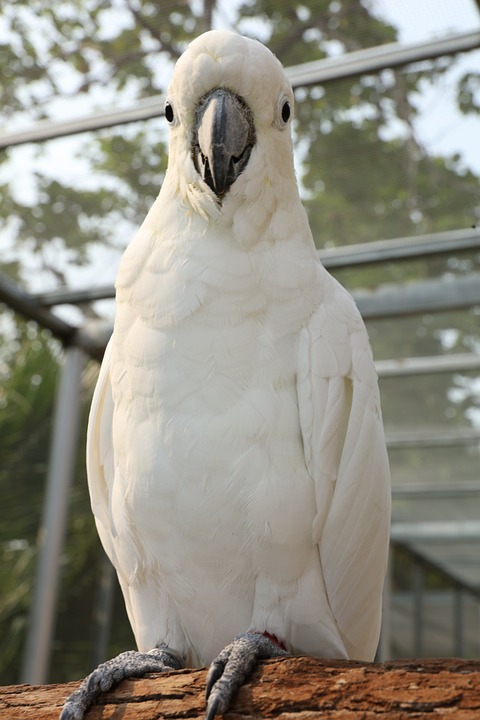Parrots are highly intelligent and sociable creatures, known for their colorful feathers and ability to mimic speech. However, they can also exhibit behaviors such as screaming, biting, and excessive vocalization, which can be challenging for parrot owners. One effective way to address these behavioral issues is through positive reinforcement. In this article, we will explore how to use positive reinforcement to reward calm behavior in parrots and provide some frequently asked questions for further understanding.
Understanding Positive Reinforcement and Why it Works
Positive reinforcement is a training technique that involves rewarding desired behaviors to encourage their repetition. It focuses on rewarding the parrot for exhibiting calm behavior, rather than punishing or ignoring undesirable behaviors. This approach creates a positive association, making the parrot more likely to repeat the desired behavior in the future.
Parrots are highly motivated by rewards, which can be in the form of treats, praise, or attention. By using positive reinforcement, parrot owners can establish a strong bond with their birds and promote a harmonious environment.
Identifying and Rewarding Calm Behavior
Recognizing and rewarding calm behavior is crucial for effective positive reinforcement training. Here are some steps to help you get started:
1. Observe and Identify Calm Behavior: Pay close attention to your parrot’s body language and vocalizations. Look for signs of relaxation, such as a steady posture, closed eyes, or quiet vocalizations. These are indications that your parrot is exhibiting calm behavior.
2. Establish a Marker: Choose a specific sound or word as a marker to signal to your parrot that they have exhibited the desired behavior. This can be a clicker sound, a whistle, or a simple verbal cue like “good” or “yes.” The marker should always be followed by a reward.
3. Reward Immediately: Timing is crucial in positive reinforcement training. As soon as your parrot displays calm behavior, mark it with your chosen cue and provide an immediate reward. This helps the parrot associate the behavior with the reward, reinforcing the positive connection.
4. Use Appropriate Rewards: Parrots have individual preferences when it comes to rewards. Some may be motivated by a favorite treat, while others may respond better to verbal praise or physical affection. Experiment with different rewards to find what works best for your parrot.
5. Be Consistent: Consistency is key in positive reinforcement training. Always reward your parrot for calm behavior and avoid rewarding undesired behaviors, even if unintentional. This ensures that your parrot understands which behaviors are being reinforced.
FAQs about Positive Reinforcement Training for Parrots
Q1: Can positive reinforcement training be used for all parrot species?
A: Yes, positive reinforcement training can be effective for all parrot species. However, it’s important to consider the individual needs and preferences of each parrot to tailor the training accordingly.
Q2: How long does it take to see results from positive reinforcement training?
A: The time it takes to see results varies depending on the parrot’s personality, previous training experiences, and the consistency of your training efforts. Some parrots may respond quickly, while others may require more time and patience.
Q3: Are there any behaviors that cannot be addressed through positive reinforcement?
A: Positive reinforcement is generally effective for addressing a wide range of behaviors. However, if a behavior is rooted in fear, aggression, or a medical condition, it’s important to seek guidance from a qualified avian behaviorist or veterinarian.
Q4: Can positive reinforcement be used to prevent or address feather plucking?
A: Positive reinforcement can be a helpful tool in addressing feather plucking by redirecting the parrot’s attention to more desirable behaviors. However, it’s crucial to identify and address any underlying causes of feather plucking, such as stress or medical issues.
Q5: What should I do if my parrot is not responding to positive reinforcement?
A: If your parrot is not responding to positive reinforcement, it may be helpful to consult with an avian behaviorist who can provide personalized advice and guidance based on your parrot’s specific needs.
In conclusion, positive reinforcement is a powerful tool for encouraging calm behavior in parrots. By understanding the principles of positive reinforcement and using appropriate rewards, parrot owners can build a strong bond with their feathered companions while addressing behavioral challenges effectively. Remember to be patient, consistent, and always seek professional advice when needed.









